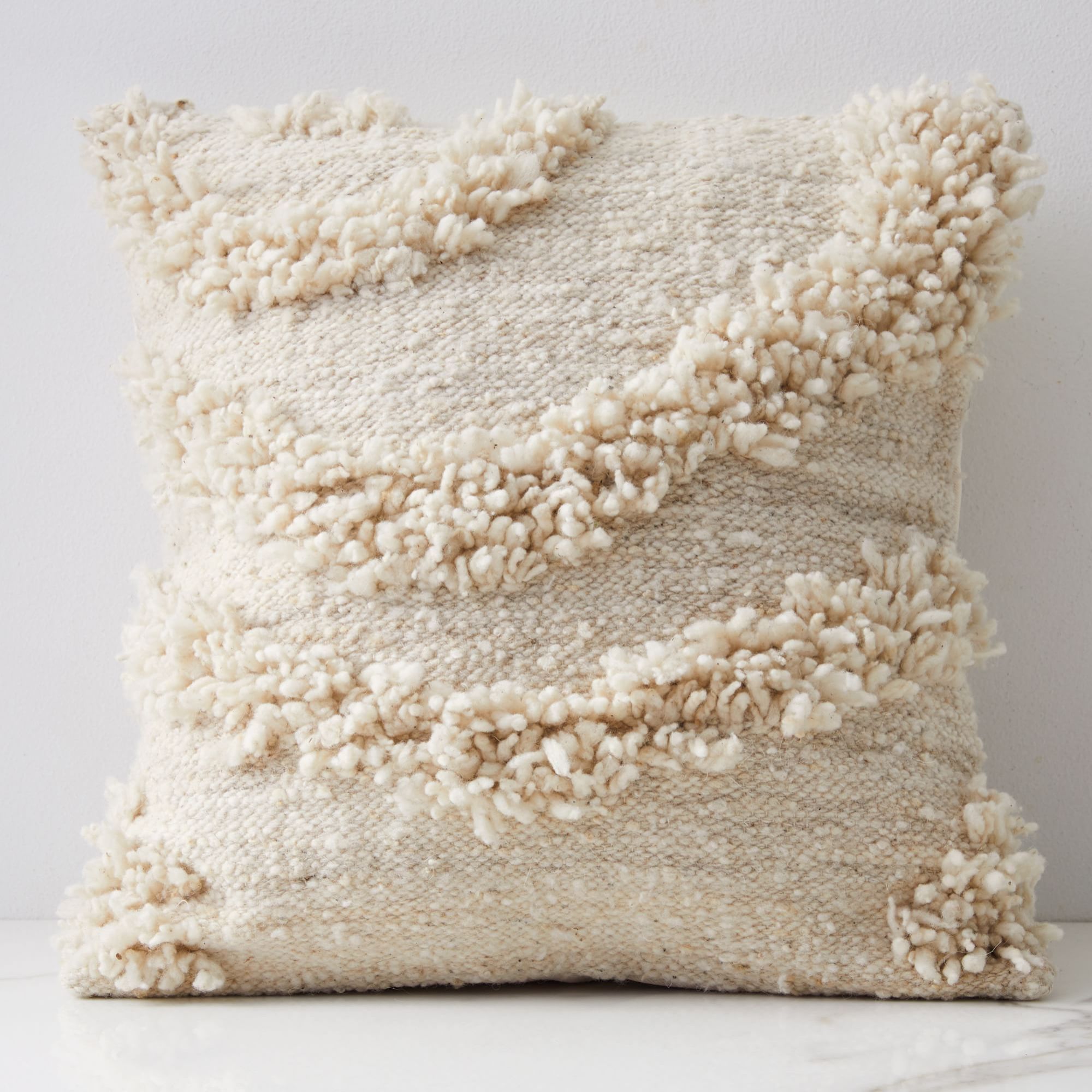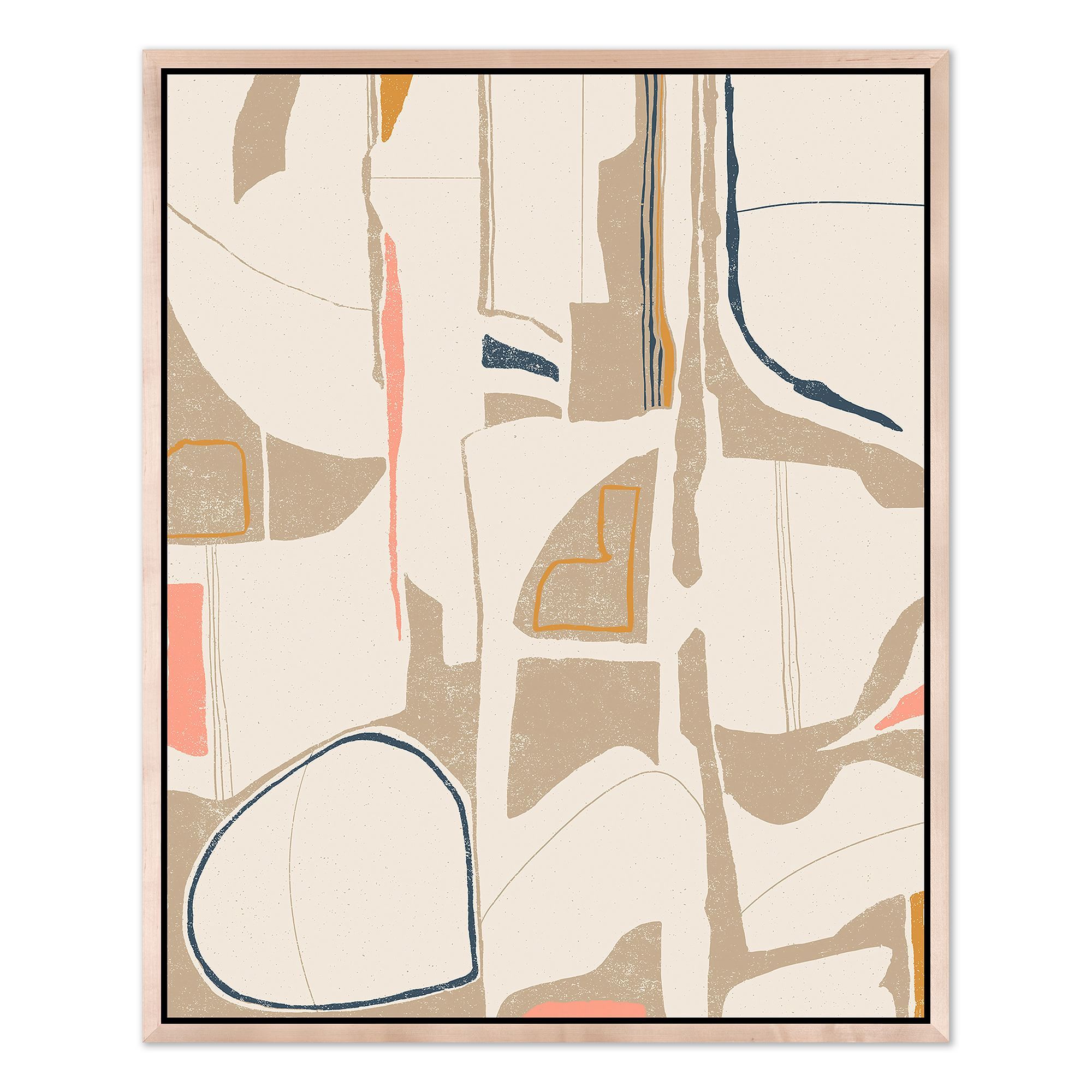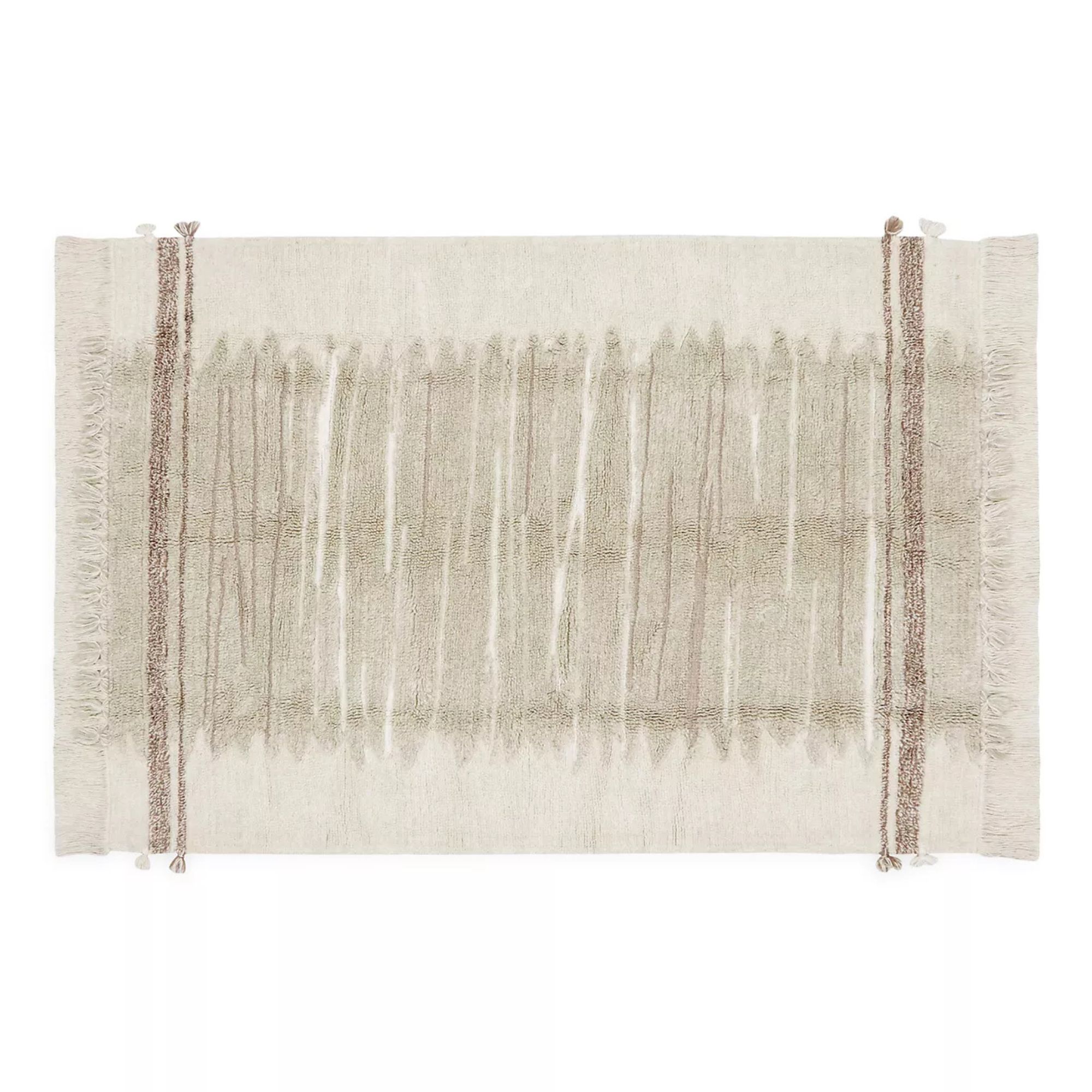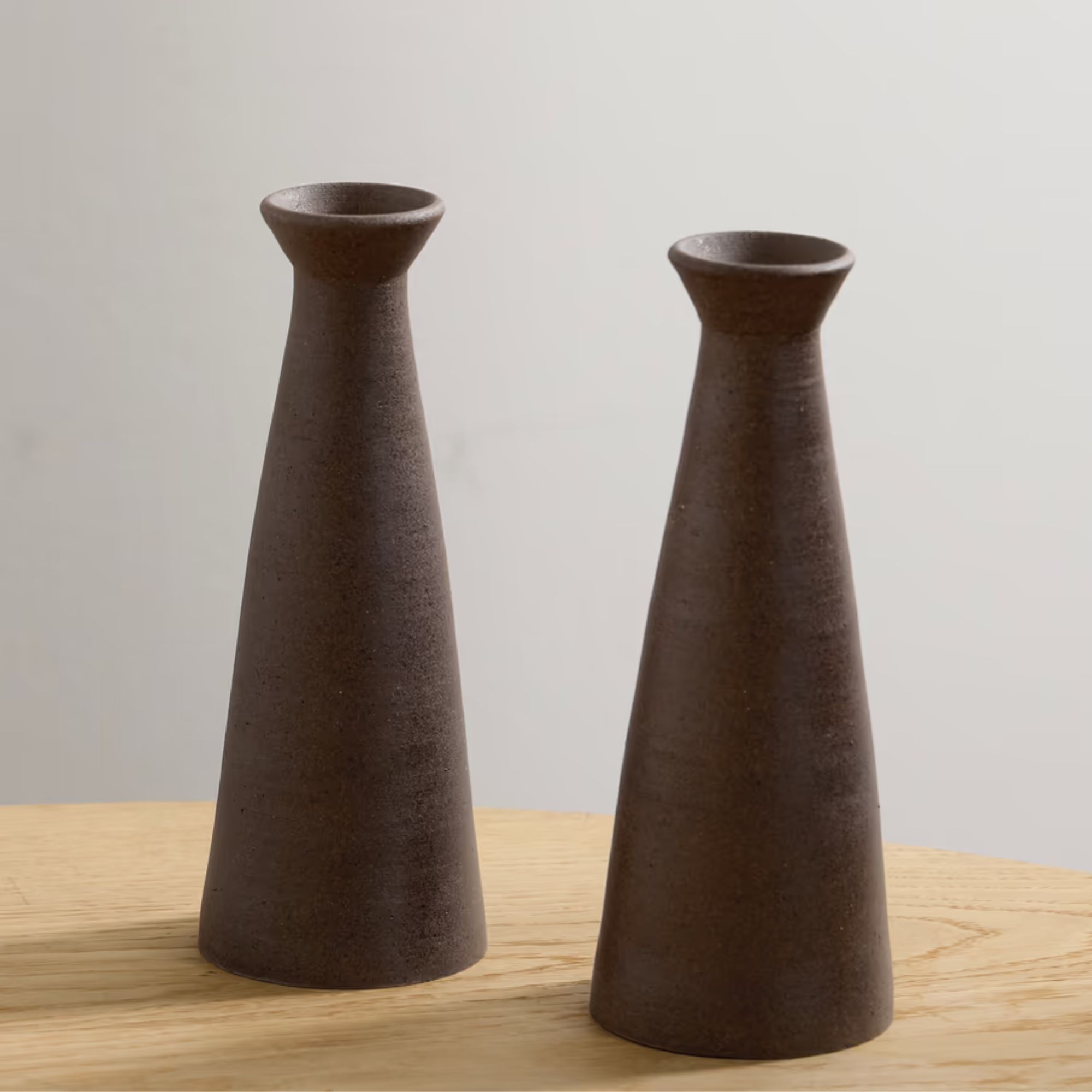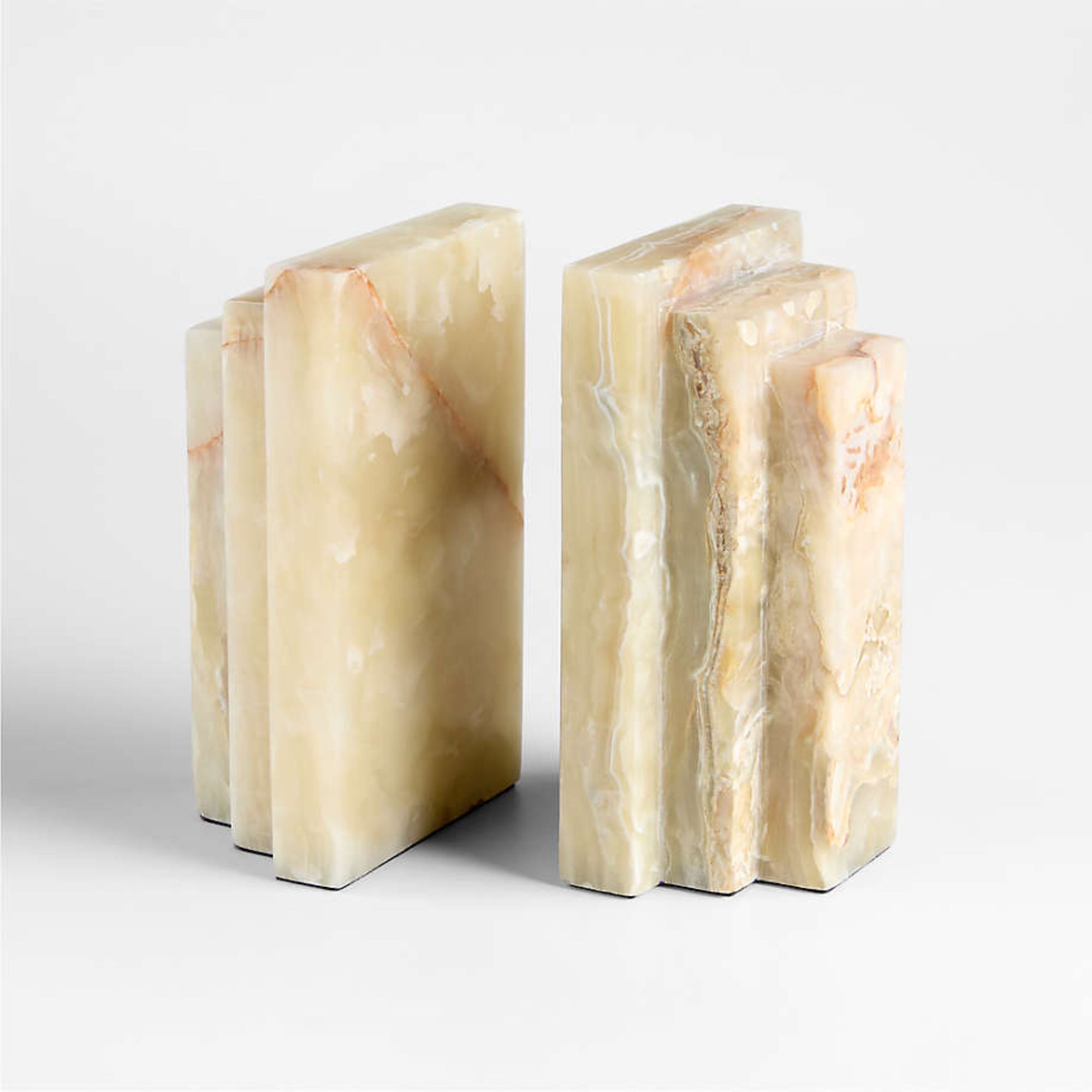What is minimalism? Designers explain what characterizes this classic style
We all know the word 'minimalism', but what is the true meaning behind the iconic interior design style?

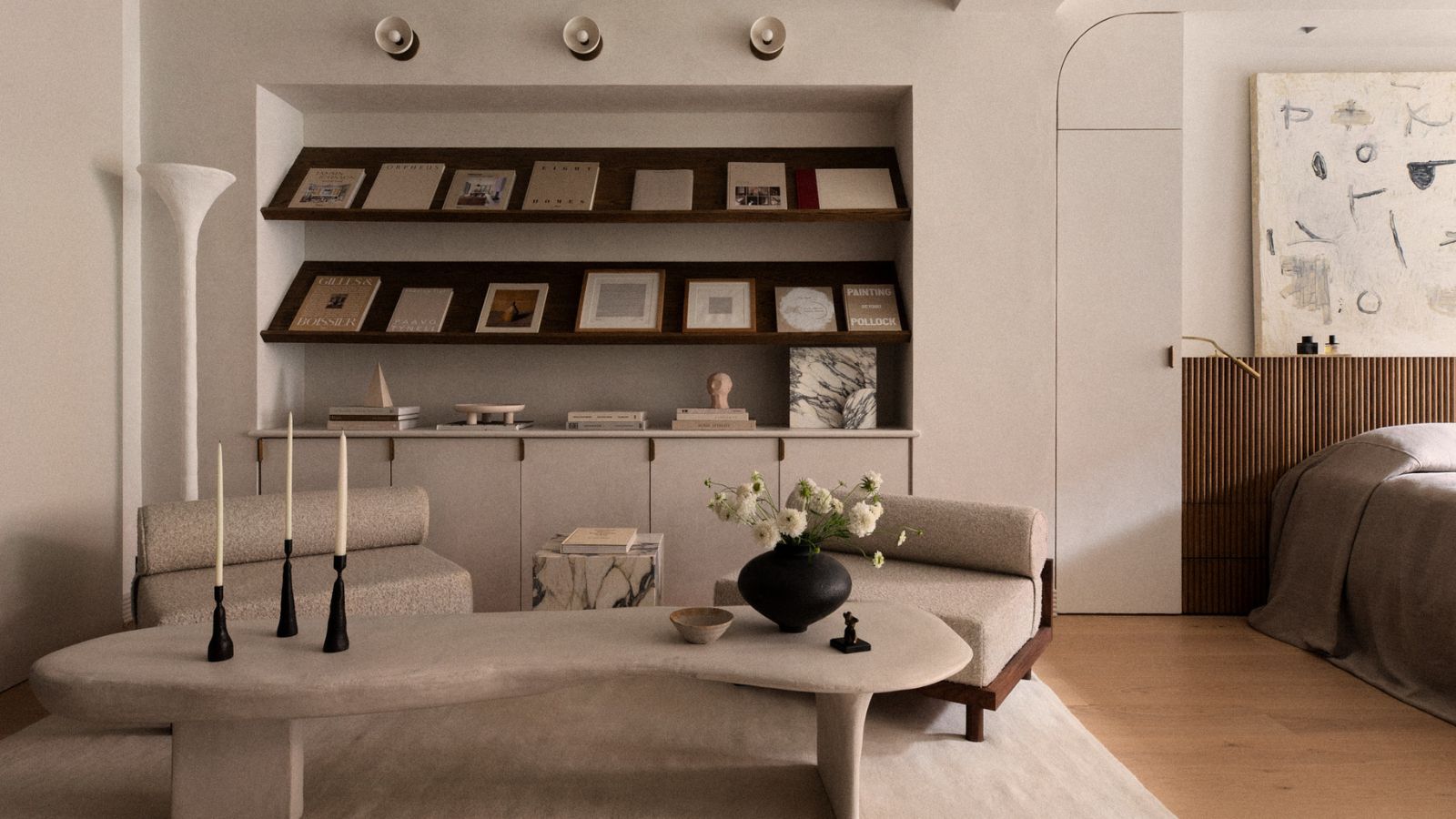
Minimalism is a term familiar to most of us. It's proven to be a staple choice among designers over the years and is still a popular aesthetic today. But what actually is minimalism in interior design? And what does it look like in 2025? In the past, when I thought of the word minimalism, I'd envision an all-white room void of any character, but there's far more to the iconic style than meets the eye, and the aesthetic is ever-changing as tastes and trends change.
Minimalist decor ideas, continue to crop up in trends for the year. However, the rise of more characterful styles has meant that minimalist stereotypes and minimalist design myths are rife, with plenty of us associating the style with coldness and lack of personality.
So, in an effort to understand what minimalism is all about, I've spoken with interior designers who have explained the method behind the curated, pared-back look that's been dominating interior design trends for years.
What is minimalism?
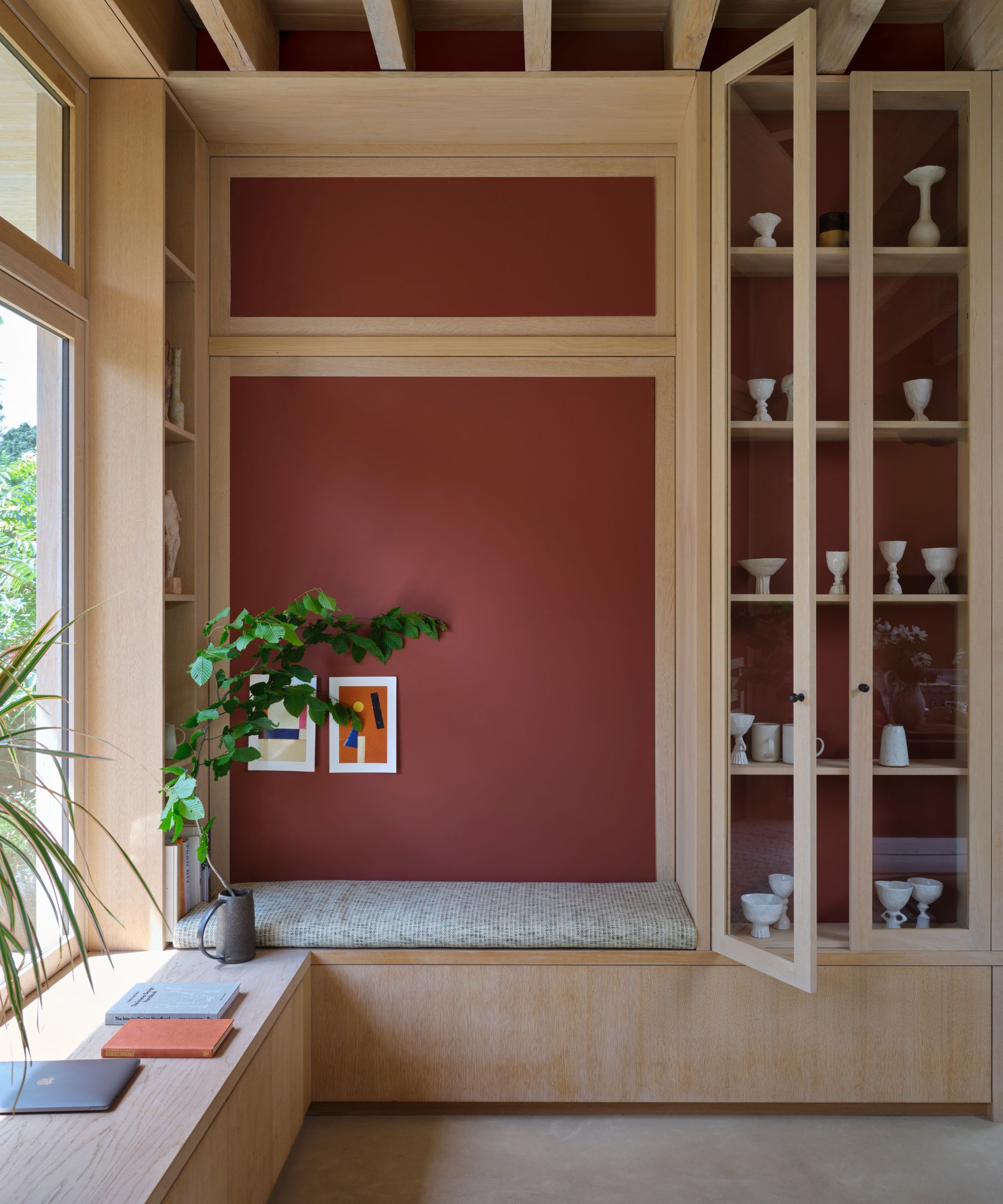
Leigh Kirby, founder of Weatherleigh Interiors, explains that, 'Minimalism is living intentionally, paring back, finding tranquility within, and focusing on things that bring you joy and happiness. Sometimes minimalism has a negative association with being void of personal belongings, or anything of significance; while also having stark white walls, and embodying a "coldness". This doesn't have to be the case, though! Minimalism can actually be inviting and warm.'
These are the key characteristics that designers say define minimalism right now.
1. Simplicity in color palette
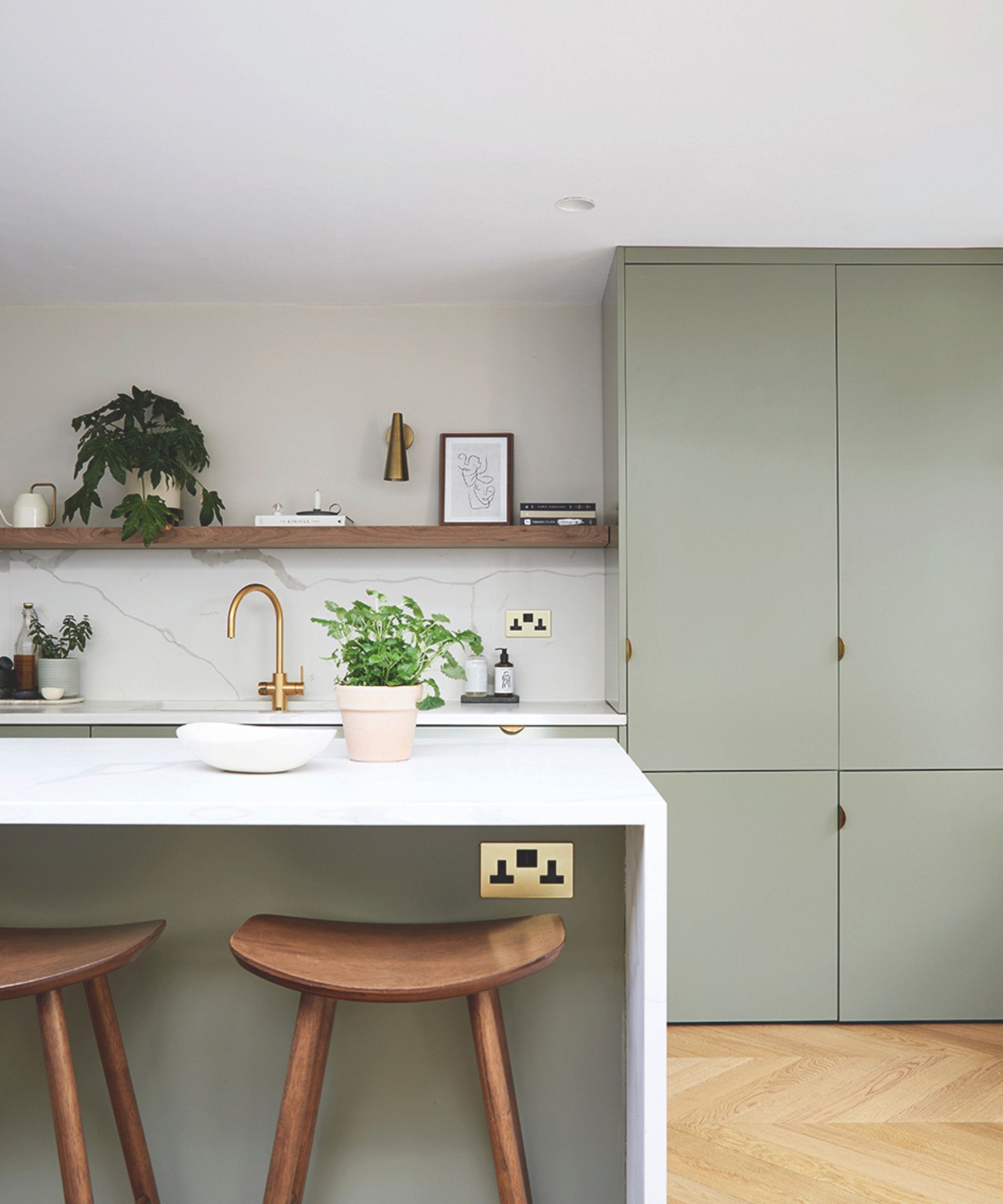
A minimalist color scheme is made up of a handful of related shades, typically on the more neutral end of the shade spectrum, ranging from oatmeal to white.
Leigh explains further, 'I believe that minimalism comes in all different shapes and forms, but there are a couple of strings of commonality through it all. First is simplicity within the color palette, and being intentional with the use of color.'
Design expertise in your inbox – from inspiring decorating ideas and beautiful celebrity homes to practical gardening advice and shopping round-ups.
'Minimalist interiors can incorporate color, textures, and patterns; in fact, they can use bold color! The key to creating a simplistic interior with color is balancing it throughout the space in a monochromatic way, and using as few colors as possible to not overwhelm the eye.'
Leigh adds, 'If a color is infused within a space, then that color is frequently utilized again in varying material elements such as plaster walls, cashmere blankets, linen or velvet curtains, which inevitably creates a warmth.'
2. Quality over quantity
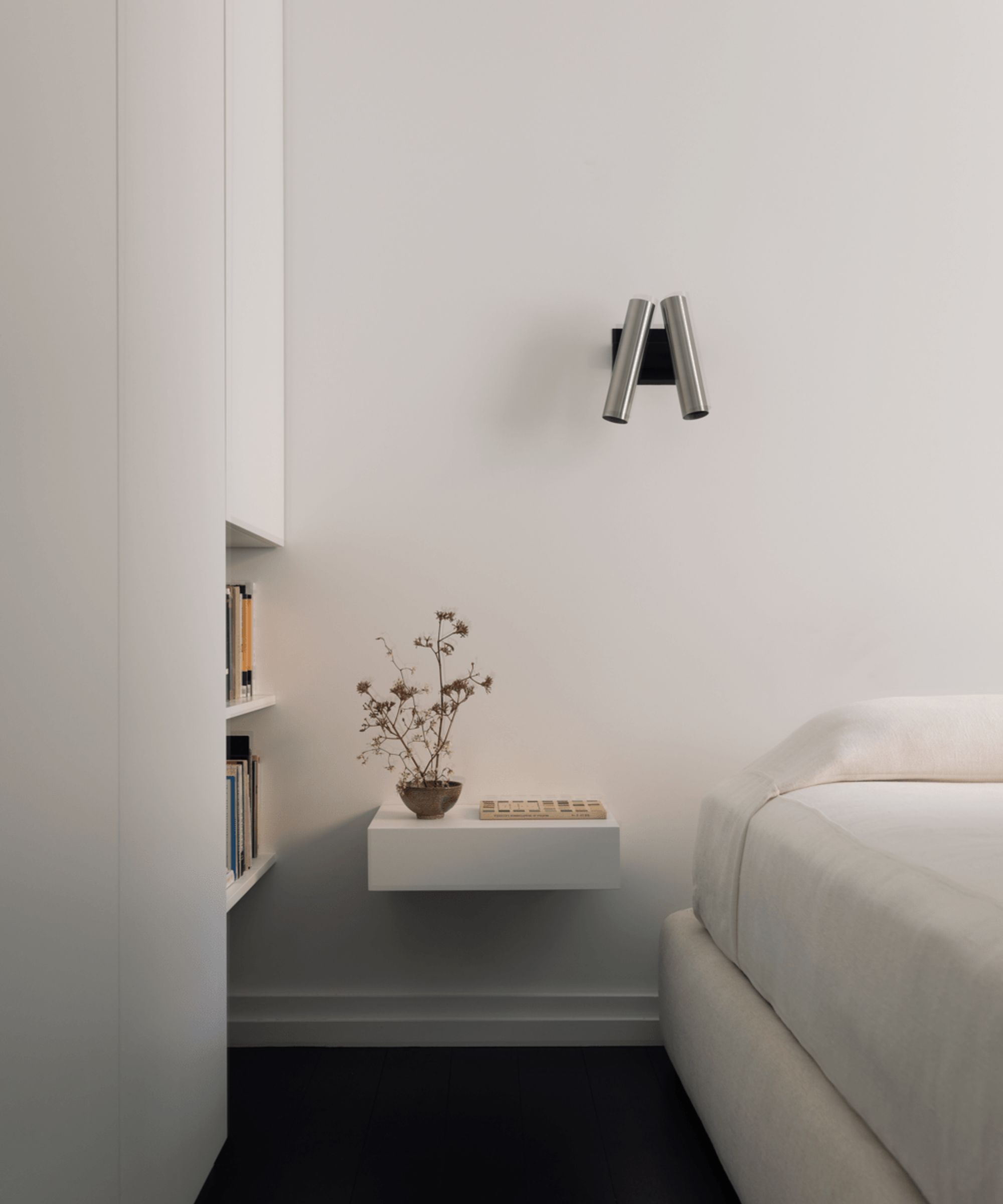
While a minimalist interior may seem simple, each and every piece featured in the scheme has a purpose, connecting to the intentional and thoughtful nature of minimalism as a style.
You'll typically find far less decor and less clutter and the decor that is featured within the design is far more intentional and meaningful, as the designer has used it sparingly and with intent. Take this minimalist bedroom as an example, a floating bedside table provides all the storage needed, the sleek wall light replaces the need for any extra clutter on the table, and and decor is kept to a real minimum.
Leigh refers to this as the 'quality over quantity method', a practice she follows when designing her spaces. She explains, 'A minimalist interior doesn't need to be void of heirlooms, personal belongings, and vintage pieces that reflect an individual's unique personality. I find minimalist interiors are ones that are curated to perfection, with an emphasis on meaning and beauty behind each of their objects.'
3. It's all about balance
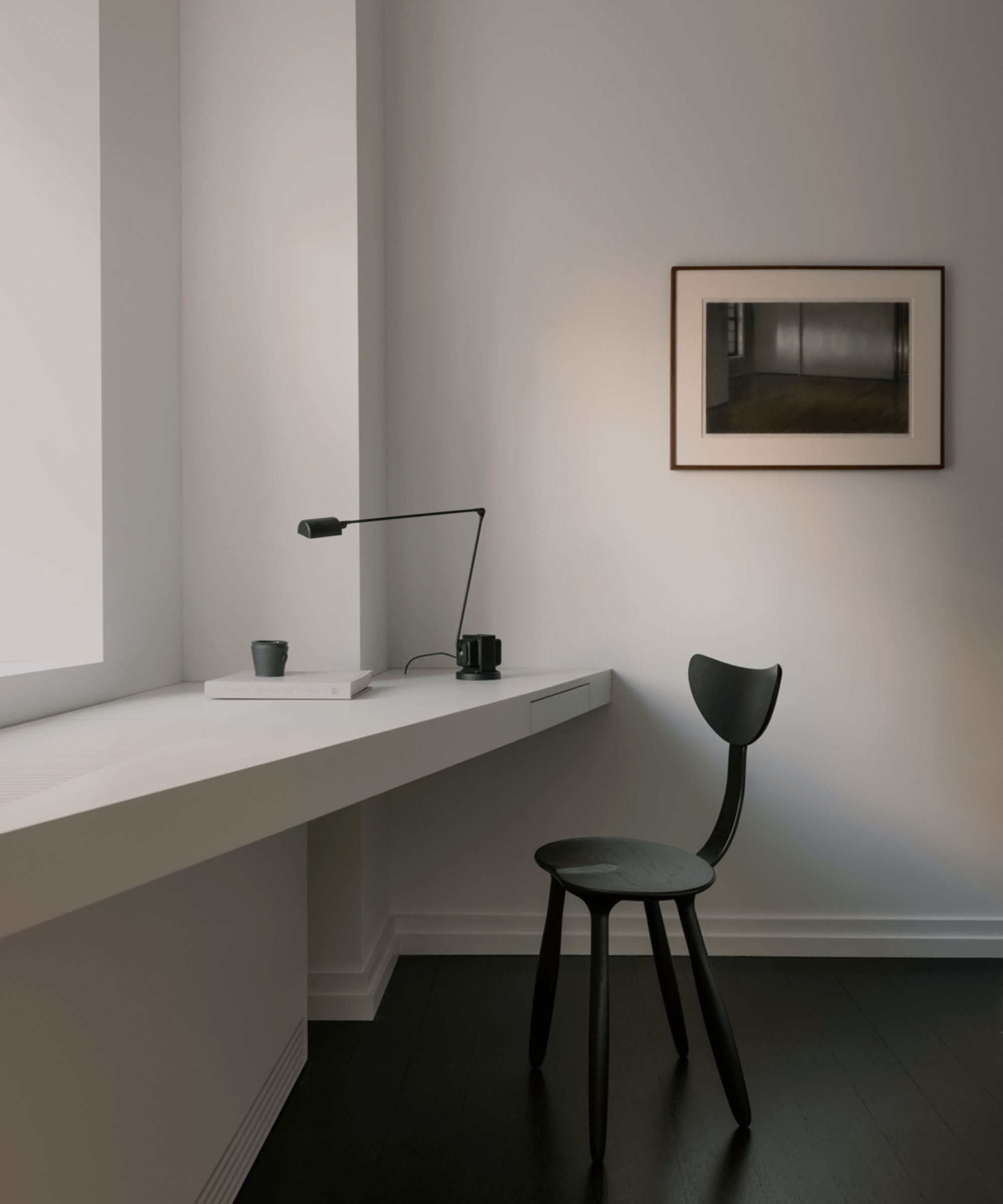
While balance in interior design is always important, it's vital to minimalism. A style that focuses on curation and cohesion, a minimalist interior perfectly balances texture, color, and shape.
Magdalena Keck is known for her elegant, pared-back interiors. She explains, 'I am interested in clarity and in nuance. My approach is rooted in nature, where instinct, proportion, scale, and light always make sense and are intensely beautiful. Continuity, consistency, and balance are essential, but there are also rare moments of delightful surprises.'
While a minimalist scheme may seem visually simplistic, each piece of decor or furniture has been considered and balanced in accordance with the design as a whole, resulting in a meaningful design.
4. There's a focus on shapes and silhouettes
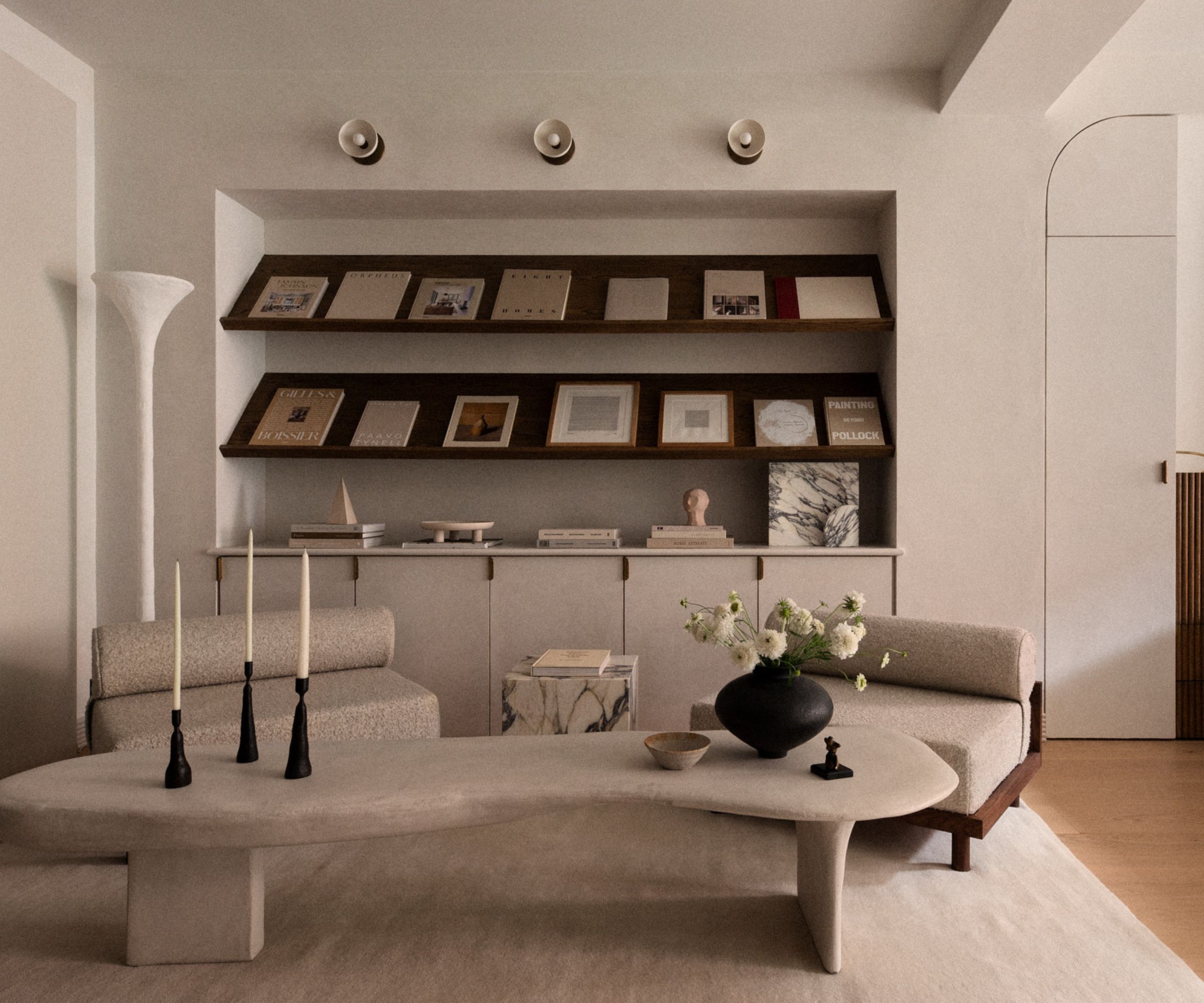
Clean lines and sculptural shapes are prominent motifs in a minimalist interior. The style relies upon these interesting shapes to provide interest and contrast against the neutral color palette and lack of decor.
Genevieve Webb and Ashley Mutch of Feather Hill Interiors say, 'A sculptural piece, whether it is a chair, a sofa, a light fixture, or a hand-formed ceramic, can create interest without overcrowding the space, keeping everything clean, open, and intentional.'
In this minimalist living room, there are layers of shapes, like the architectural coffee table paired with the angular bookshelf and the soft, curved armchairs.
Shop minimalist decor
Despite its design rules, minimalism is a versatile look that needn't just stay in its lane. The trend for midimalism has proven this pared-back look can mix perfectly with more characterful aesthetics. So if you want to add a touch of minimalism to your home, these are my choice of pieces to get you started.
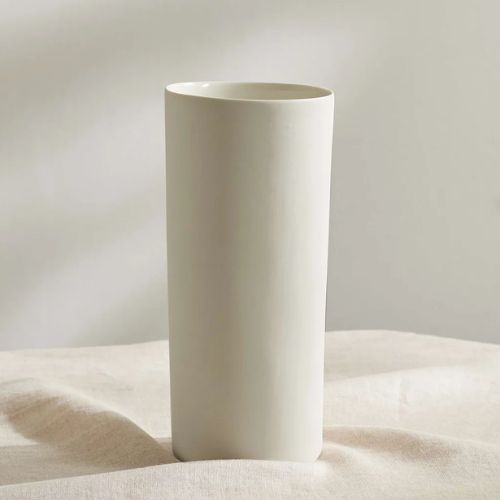
This chic vase will bring beautiful, yet simple texture and shape to a minimalist space; with colorful blooms adding interest and a sense of contrast that sings against a neutral color palette. Place at the heart of a coffee table or on a console for a thoughtful, curated arrangement.
Magdalena Keck summarizes this key answer to what minimalism looks like right now – 'Contrary to the common belief, minimalism is not sparseness or emptiness, but an essence of genuineness, elegance of form, purity of detail, richness of materials chosen with deepest dedication.'
There have been questions as to whether minimalism is out of style, but it's more a question of what version of minimalism is on trend right now. And remember, minimalism doesn't have to feel cold; there's a whole look dedicated to making the aesthetic feel more lived-in, known as the warm minimalist trend.
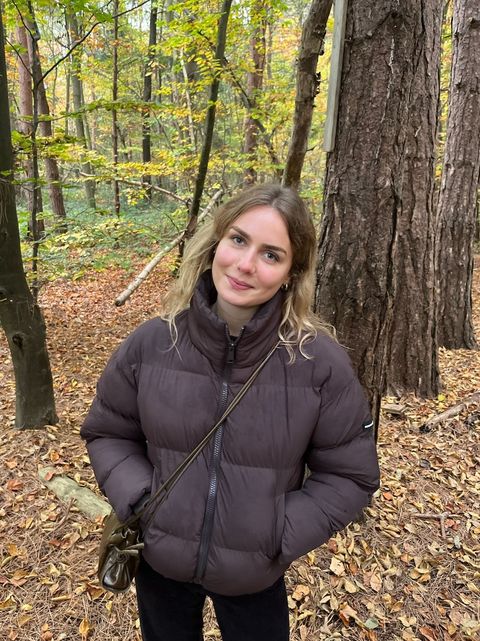
I am the Interior Design News Editor at Homes and Gardens, covering mainly US-based designers and trending news stories. My love for interiors began when I interned in an interior design studio, working on commercial and private spaces. My passion grew while working in production, where I sourced beautiful locations for photoshoots and campaigns. Outside of work, I enjoy collecting antique decor and mid-century furniture for my home.
